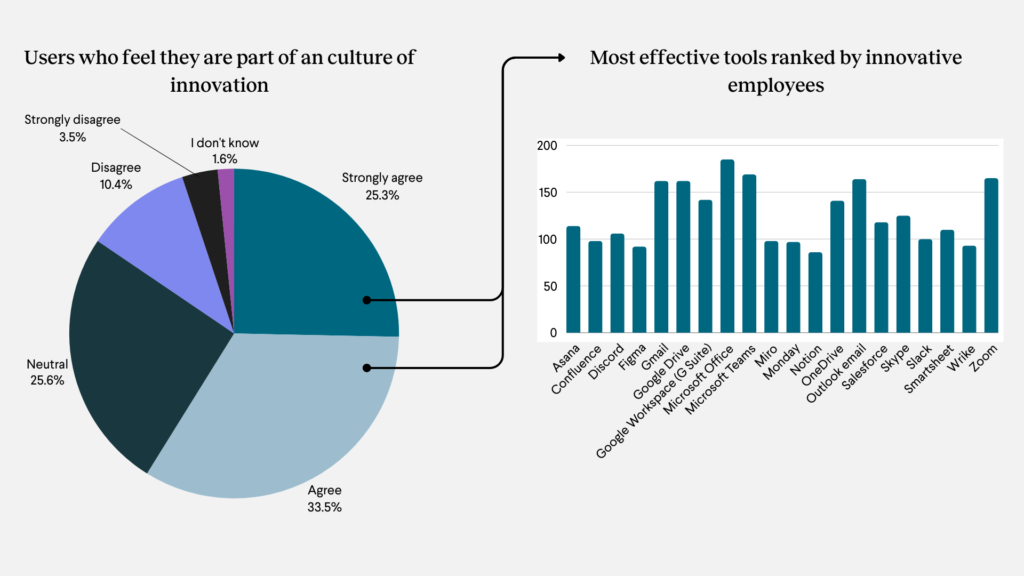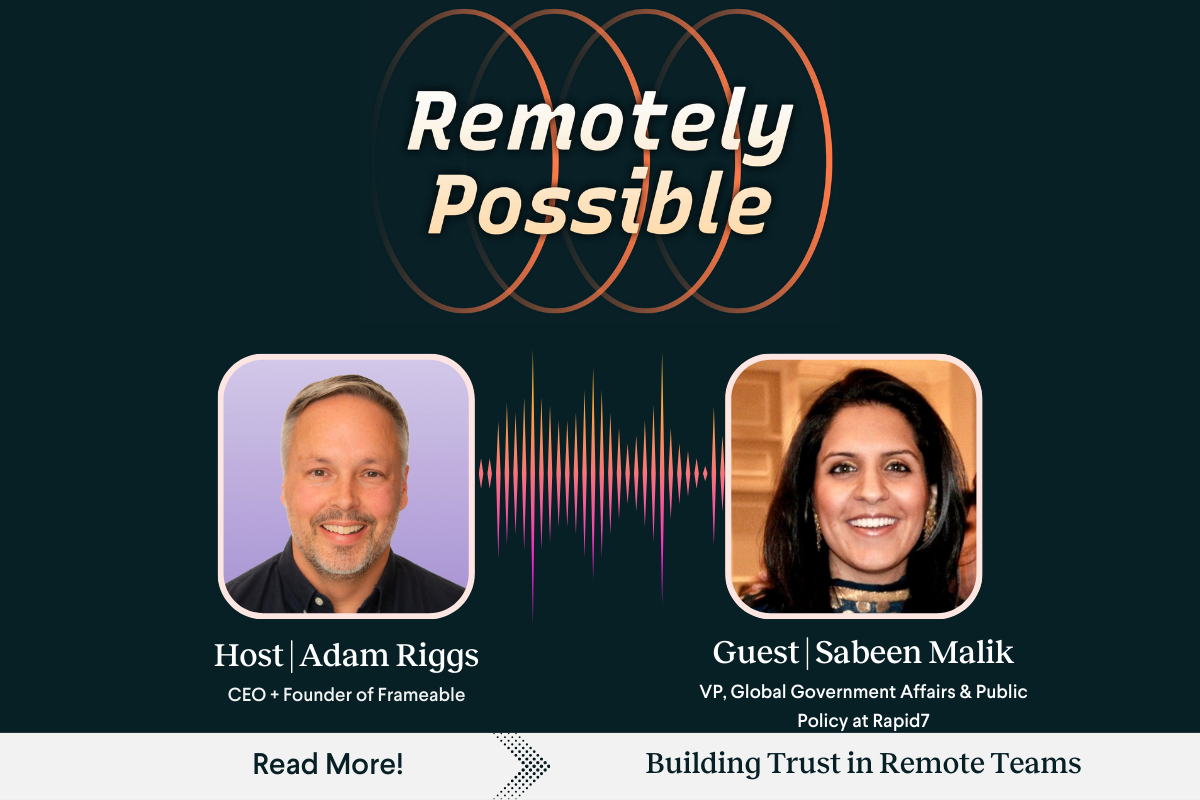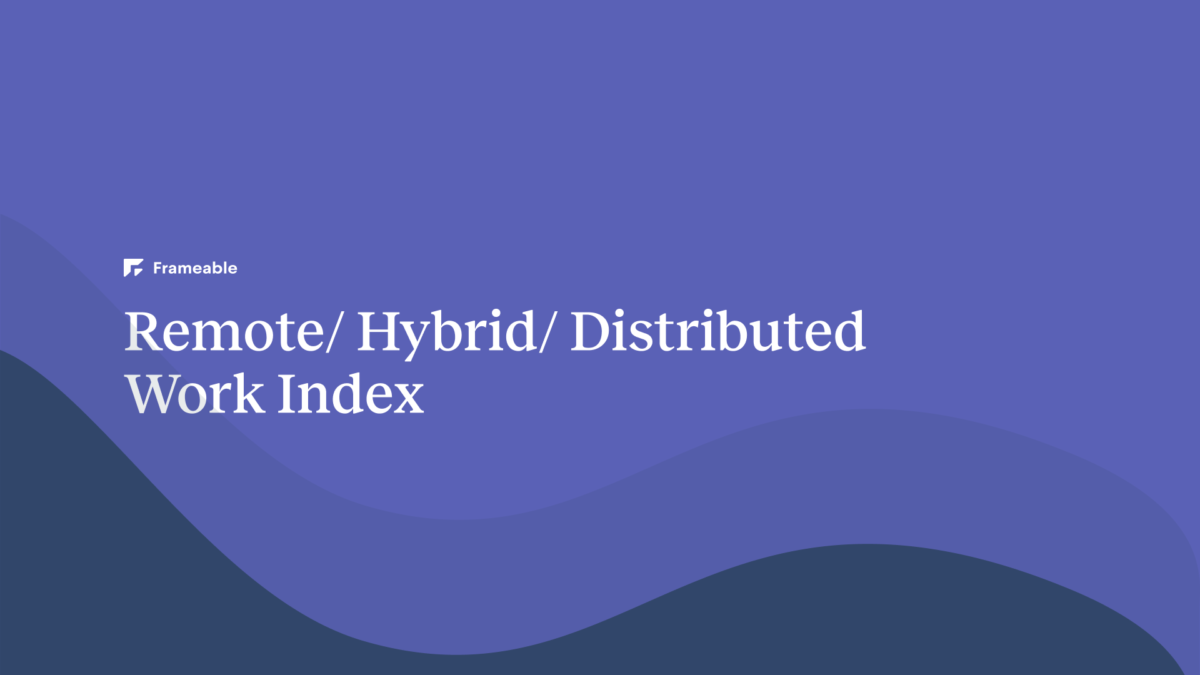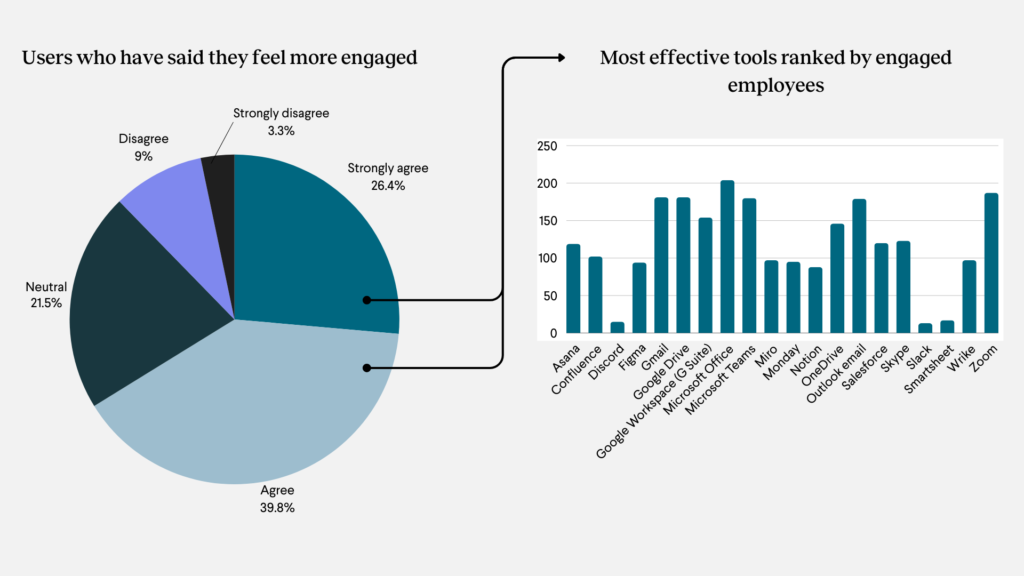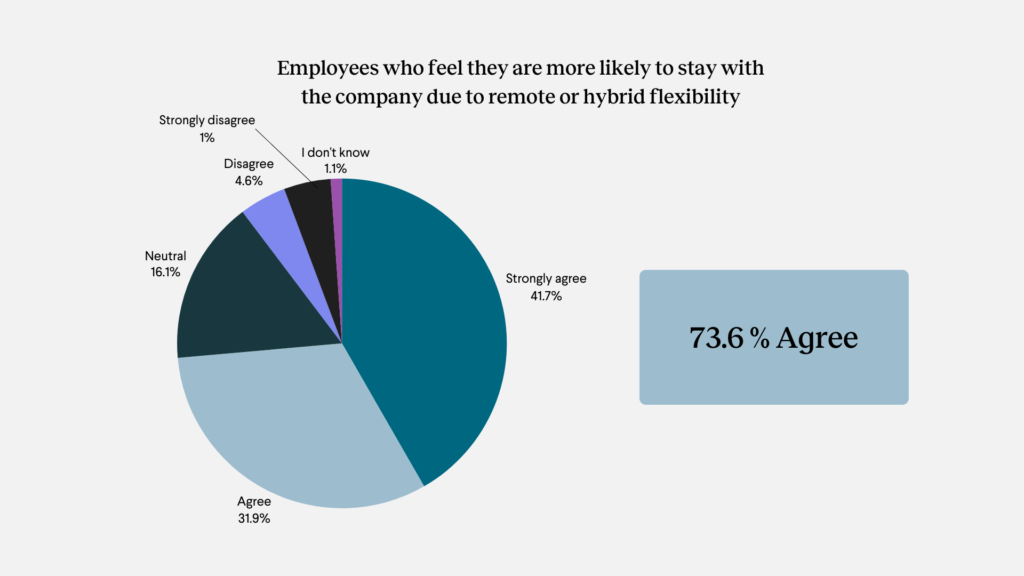In the eighth episode of the “Remotely Possible” podcast, we flipped the script, and I got to put our host, Adam Riggs, Founder and CEO of Frameable, in the hot seat!
In this episode, Adam shares his history working on distributed teams and how those experiences shaped how he’s building Frameable (and its products) to connect hybrid and distributed teams in more fulfilling ways. Here’s an excerpt from our conversation, including how to make the most of a company’s face-to-face interactions.
Introducing Adam and His History With Distributed Work
Adam is no stranger to working with colleagues across the country and around the globe:
- He started his career as a floor trader at the American Stock Exchange, where he regularly worked with a small group of people who weren’t located in the same building as him.
- He later worked at Shutterstock, which had a core office in New York and select employees scattered across the U.S.
- During his time at the State Department and U.S. Treasury, he regularly worked with colleagues he never met in person.
As he continues to grow Frameable, he aims to create products that enable deeper connections and meaningful collaboration on remote and distributed teams.
“I started off [distributed work] in the 90s, where my remote collaboration was phone-powered, then email got added,” Adam said. “In this current incarnation, I’m focused on building a richer set of interaction types to power distributed work—everything from mapping software to adaptations of Microsoft Teams so people can have more transparency.”
Building Rich Connections With Hybrid Colleagues
Companies have tackled big challenges without being in the same room together for decades. To do so effectively, however, Adam believes that teams need to set time aside to learn about each other as individuals and how they prefer to work. This includes allowing fully remote teams to spend time together in person, too.
“It’s just a lot harder to do certain types of work if every interaction is scheduled and if you never get to learn about someone—their mannerisms, their preferences, their allergies, [and] about what they’re interested in,” Adam said. “It’s a very natural thing for humans to be able to fold that understanding of someone into the way they interact with them.”
I laughed when he mentioned the allergies, because, hello, that’s me! When I attended the Frameable offsite in Denver, my wheat and shellfish allergy meant I needed special accommodation at our team dinners. And to my delight, at one of the restaurants, the chef kept sending out bespoke plates so I didn’t feel left out. It inspired a number of conversations that wouldn’t have ever occurred online. But we’ll get to in-person relationship-building in a moment.
In many companies, there is a push for everyone to be on-camera all the time as a stand-in for being visible in the office. But forcing employees to always be on camera isn’t a smart way to build relationships. It’s exceptionally draining to be on camera all-day every day. When collaborating in distanced environments, the priority should be on the work asset—not on seeing everyone in the meeting.
“I was one of the people who strongly preferred video to be on when I was having a remote interaction with someone. Now I have a better understanding of the special type of fatigue that sets in when you’re on video calls all day. It’s not as natural as being with people in person,” Adam reflected. “[For] certain kinds of conversations, someone might ask for cameras on, but, for the most part, we are sharing a screen or two and looking at an asset together (whether it’s a piece of copy or a piece of code or design exploration). It’s [more] important to be looking at that thing together than to be looking at each other.”
The Frameable team meets in person at least once a year for a company offsite. Adam thinks it’s vital for people to interact outside of a work setting, like taking a cooking class, browsing used books and records, or going on a team hike. Again, the focus is on learning about what makes everyone unique.
“It really helps deepen your understanding of them as a person,” he said. “We look at the time that we get to spend physically together as partially ‘hey, this is a treat, we get to actually look over each other’s shoulders’ so to speak… But there’s also an opportunity to fill that reservoir with a better understanding of your colleagues so that when your time is finished, you have something to draw on to do better work together.”
Remote work has enabled companies to become truly inclusive and empower employees in ways that in-person work simply can’t.
“You have to meet people where they are,” he said. “[When you engage remote talent] you’re not asking them quite as much. You’re not asking them to come in five days a week. You’re acknowledging there’s certain kinds of work that they can do very well from where they are in terms of their personal health, their schedule, [and] their commute.”
As Adam continues evolving Frameable to power the future of work and help companies innovate faster in Microsoft Teams, he focuses on creating solutions that fit naturally into people’s workflows. He encourages other entrepreneurs to focus on small, tangible improvements that build up to their bigger goals.
“You can inspire people to change how they behave and how they work, but it’s not going to be an all-at-once ‘Eureka!’ moment. You really need to pay attention to their current work habits and their current preferences and try to weave the innovations into something that they already recognize,” he said. “Do more to recognize where people are, at this moment, already. And then try to go there in whatever way you can—whether it’s your team or your customers—because you’re gonna get better results and a better understanding of what your vision is. Your vision can be radical, but how you get there has to be one step at a time.”
For more of Adam’s insights into what technology will power the future of work, listen to the Remotely Possible Podcast, episode 8. Interested in sharing your distributed work experience with our listeners? Apply to be Adam’s guest for a future episode.









